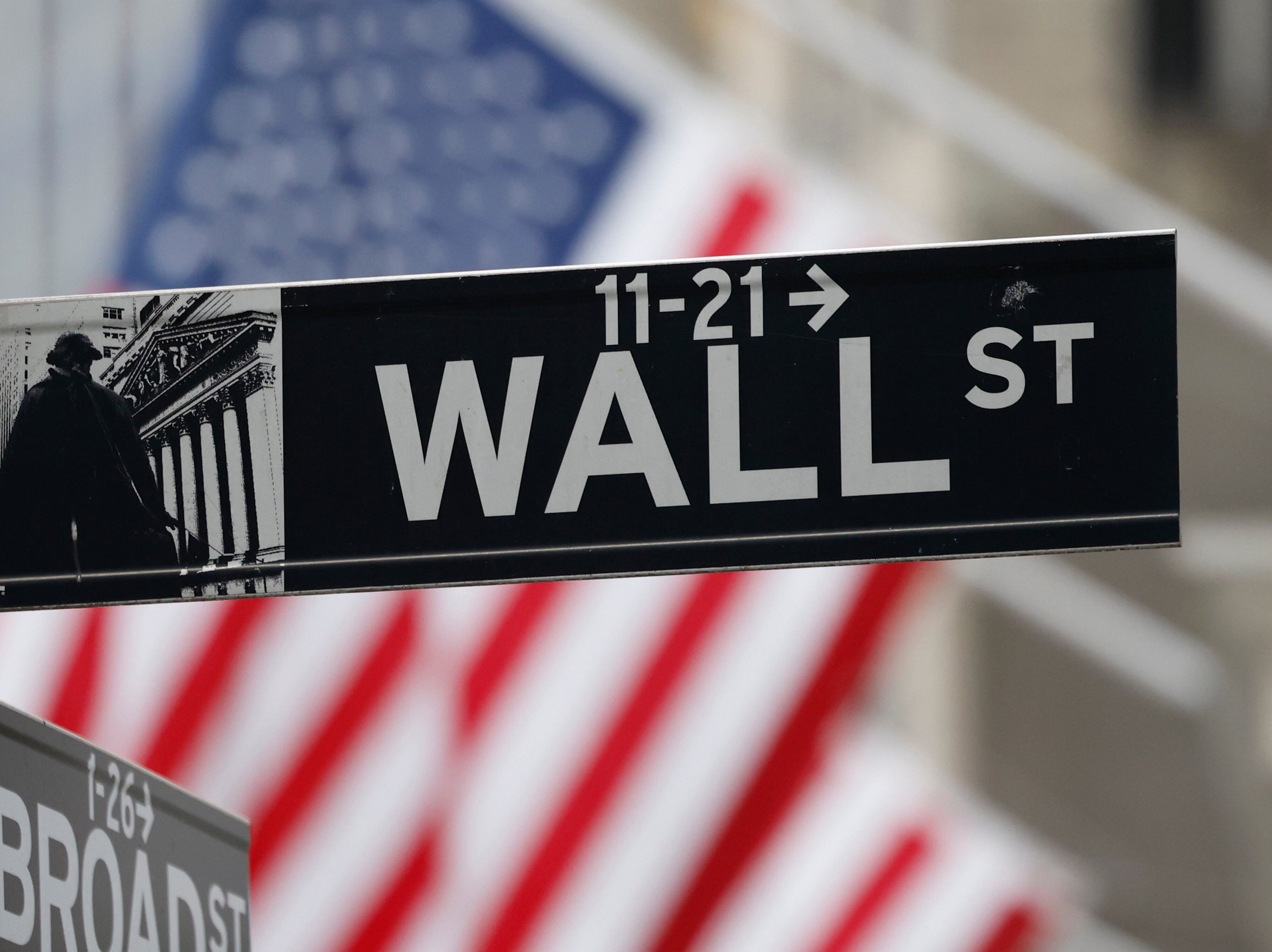Seohak Ants' U.S. Stock Rush Sparks Record Global Investment

Rising Korean Investments in U.S. Stocks
Korean investments in U.S. stocks have seen a significant rise, coinciding with an upward trend in stock prices. This has resulted in South Korea’s net external financial assets turning to growth for the first time in three quarters. According to the Bank of Korea’s “Third Quarter International Investment Position” released on the 19th, Koreans’ external financial assets stood at $2.7976 trillion in the third quarter (July–September), an increase of $115.8 billion from the previous quarter. This marks a record high for three consecutive quarters.
The growth in external financial assets is primarily driven by increased overseas investments by Koreans. Net external financial assets, which are calculated as external financial assets minus external financial liabilities, rose by $25.8 billion. In contrast, net external financial assets had decreased by $18.1 billion and $53.6 billion in the first and second quarters, respectively.
Growth in Overseas Stock Investments
The largest increase in external financial assets came from overseas stock investments. This reflects the continued purchases of U.S. stocks by Korean retail investors, often referred to as “Seohak ants,” who are investing in overseas markets. This trend is fueled by rising U.S. stock prices, particularly those led by tech stocks. As of the end of the third quarter, overseas stock investments reached $926 billion, up $81.4 billion from the previous quarter.
Bond investments also saw growth, increasing by $7.6 billion. Combined securities investments (stocks and bonds) amounted to $1.214 trillion, an increase of $89 billion from the previous quarter. Koreans’ overseas securities investments have set new records for three consecutive quarters.
Factors Behind the Increase
The Bank of Korea’s International Investment Position table provides insight into the status of Koreans’ overseas investments and foreigners’ investments in Korea as of the end of each quarter. It reflects both transaction factors (investment transactions) and non-transaction factors (price changes in assets and liabilities).
Of the increase in Koreans’ overseas stock investments during the third quarter, $58.2 billion was attributed to non-transaction factors such as rising stock prices, more than double the $23.2 billion from transaction factors. This indicates that the valuation of overseas stocks held by Koreans significantly increased over the quarter.
The U.S. Dow Average, composed of blue-chip stocks, rose 5.2% in the third quarter, while the tech-heavy Nasdaq Composite Index surged 11.2%.
Foreign Investments in Korea
External financial liabilities, a measure of foreign investments in Korea, also increased, mainly driven by stock investments. As of the end of the third quarter, external financial liabilities stood at $1.7414 trillion, up $9 billion from the previous quarter.
Lim In-hyeok, a Bank of Korea team leader, stated, “Foreign investment inflows increased as Korean stock prices rose significantly during the third quarter.” Foreigners’ stock investments grew by $89.6 billion from the previous quarter, with $81.8 billion (91%) of the increase attributed to non-transaction factors such as rising stock prices.
Key Takeaways
- Korean External Financial Assets: Increased by $115.8 billion in Q3, reaching a record high.
- Net External Financial Assets: Rose by $25.8 billion, marking the first growth in three quarters.
- Overseas Stock Investments: Reached $926 billion, up $81.4 billion from the previous quarter.
- Combined Securities Investments: Totalled $1.214 trillion, an increase of $89 billion.
- Non-Transaction Factors: Accounted for $58.2 billion of the increase in overseas stock investments.
- U.S. Market Performance: The Nasdaq Composite Index surged 11.2% in Q3.
- Foreign Investments in Korea: Increased by $9 billion, with foreigners' stock investments growing by $89.6 billion.
These developments highlight the growing influence of Korean investors in global markets, particularly in the U.S. stock market, and the impact of rising stock prices on both domestic and international financial positions.

Comments
Post a Comment